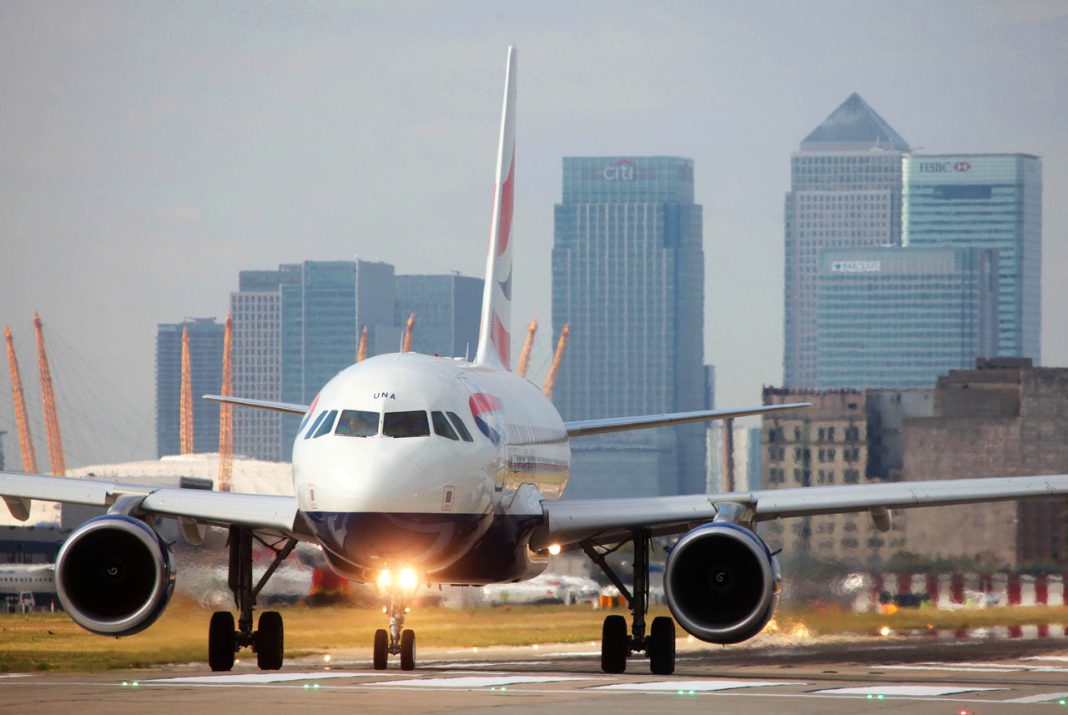London City Airport’s capacity will soon receive an upgrade as the airport today revealed that it had completed a significant infrastructure project. Along with new aircraft stands, a new taxiway means that aircraft will no longer need to backtrack on the runway.

London’s airports have been looking to add capacity for many years now. Earlier this week, Simple Flying reported that the Supreme Court had approved Heathrow’s controversial third runway following a lengthy legal battle. While the airports aren’t currently at full capacity, they will be once more once air travel recovers. This is why work is going on despite the current situation.
A new taxiway
Today London City Airport revealed that its new taxiway running the length of the runway has been completed and is already in operation. The taxiway will come as a boon to the airport, as it will free up the airport’s runway for more frequent use.
Stay informed: Sign up for our daily aviation news digest.
As things stood, aircraft could only access the runway at one end. This meant that if eastbound operations were in force, landing flights would have to taxi back down the runway. The same was valid for departing flights on westbound operations.

This meant that while aircraft were taxiing, other planes couldn’t land or depart. The airport’s new taxiway means that this is no longer an issue. As such, more planes can take off and land each hour. Indeed, the airport calculates that it can now handle 45 aircraft movements per hour when demand returns in the coming years.
Further parking stands
Of course, being able to accommodate more aircraft is no use if you have nowhere to park them on the ground. London City Airport also thought of this, constructing eight new aircraft stands alongside the taxiway. These stands are capable of handling newer, more sustainable aircraft such as the Airbus A220 and Embraer’s new E2-190.

How did they do it?
Anybody who’s been to London City Airport will know that the runway is surrounded by water, presenting a challenge when building a taxiway. The airport began construction of this new concrete deck spanning 70,000 square meters back in October 2017.
It has taken 1.25 million working hours to get to the point of completion. This involved drilling 1,000 piles of concrete 20m into the bed of the King George V Dock. However, before this started, it was necessary to survey the dock bed to ensure that it was safe to build on. During the process, a 500kg bomb from World War II was discovered. Disposing of this even caused a short closure of the airport.
Do you think the new taxiway will be game-changing for London City Airport? Let us know what you think and why in the comments!
[ad_2]
Source link


